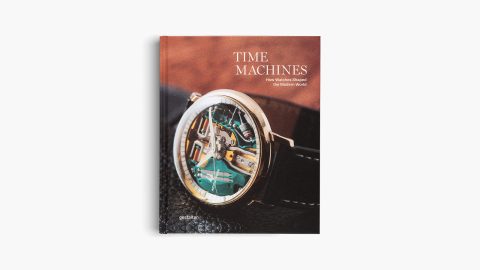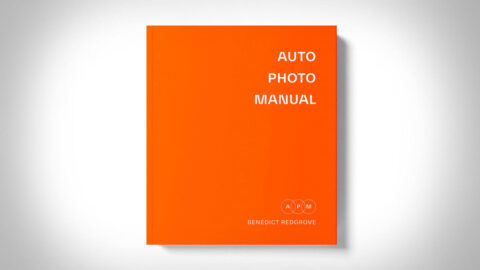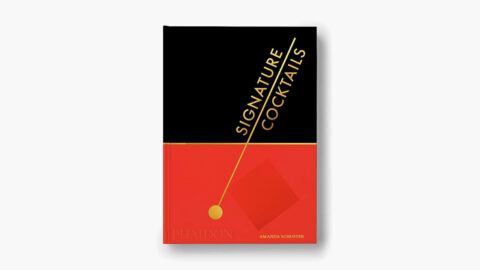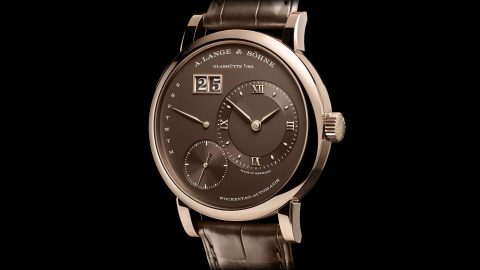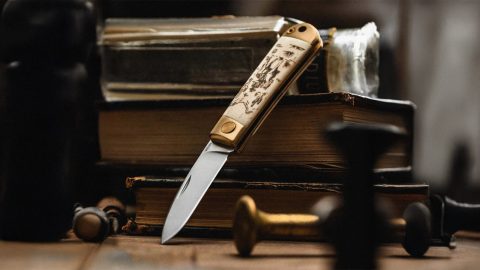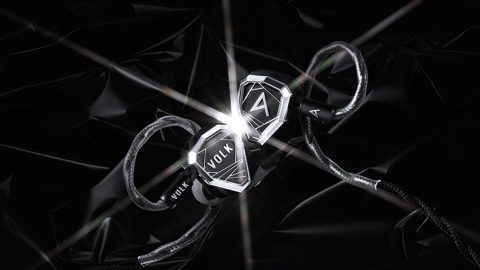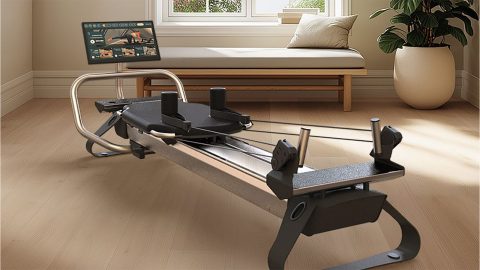
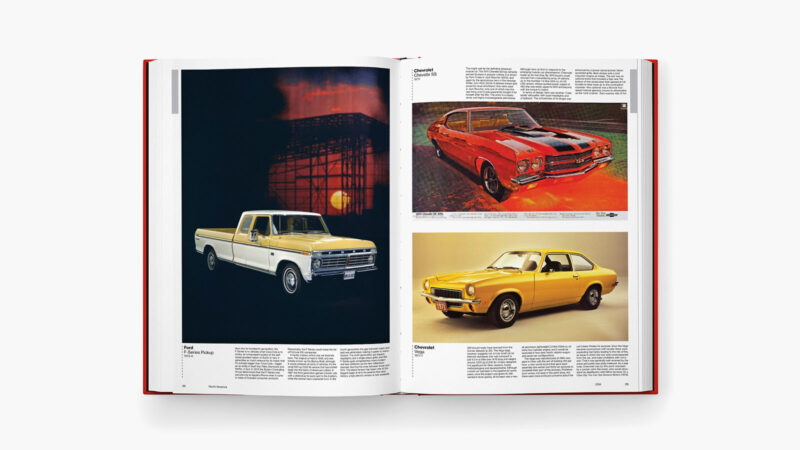
There is no shortage of great books exploring the history and evolution of cars over the decades. The Atlas of Car Design: The World’s Most Iconic Cars is the latest addition to this growing bibliography and one of the most impressive books on the subject. Written by Jason Barlow and Guy Bird and featuring an introduction by Brett Berk, this comprehensive and exhaustive overview of the history of car design is a must for any automobile enthusiast’s coffee table collection.
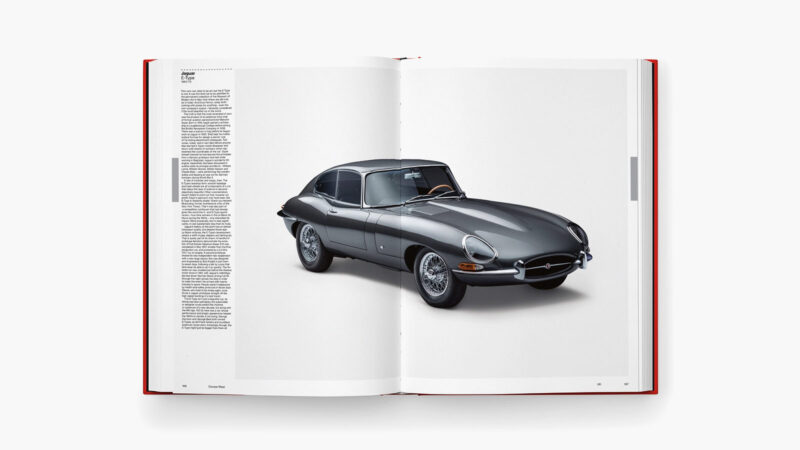
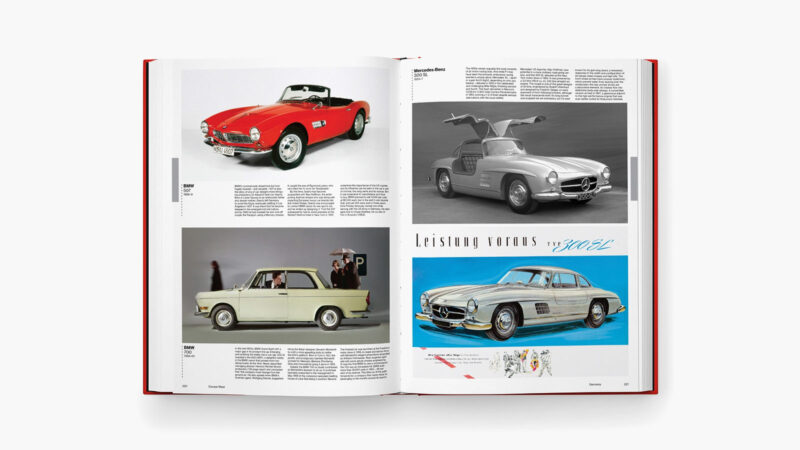
Organized geographically and then chronologically by decade, the book covers more than a century of exceptional and noteworthy car design – from Japanese cult classics, French Art-Deco masterpieces, German iconic models, Italian icons, and British performance machines, to American styling sensations, and pop culture and family favorites.
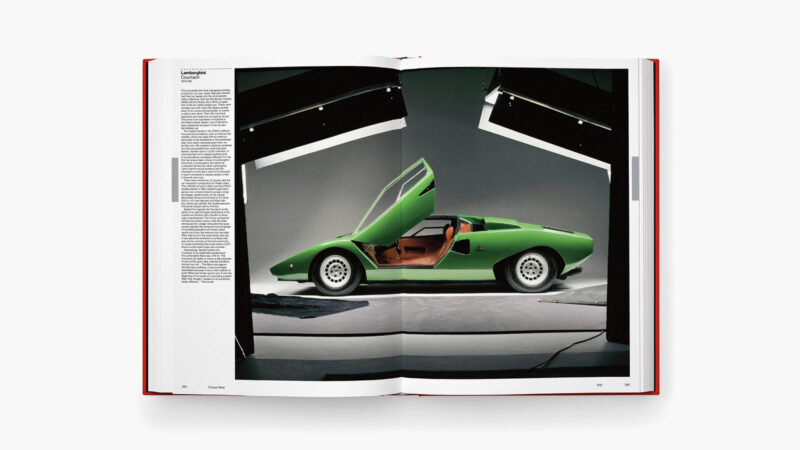
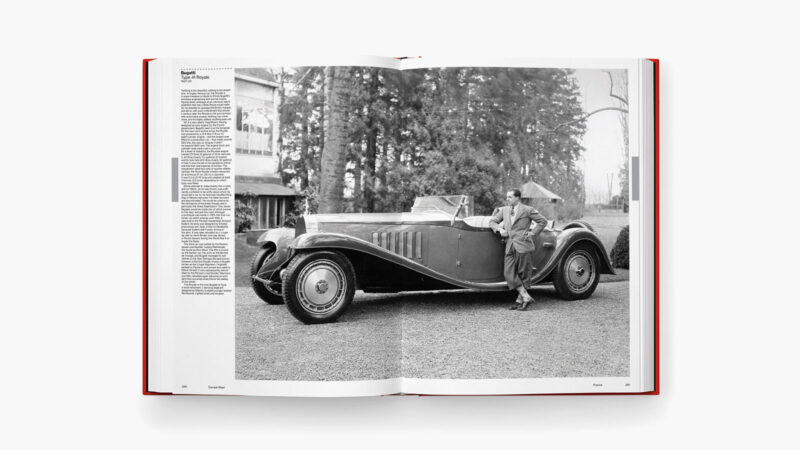
The large format print of The Atlas of Car Design allows for hundreds of stunning photographs and illustrations that showcase the intricacies and aesthetic flourishes of hundreds of classic cars. Each image is complemented by a comprehensive analysis of the design choices and how these impacted the future of car manufacturing over the years. The writers, who have worked as journalists, broadcasters, and columnists for outlets including GQ and a long list of national newspapers, bring the full weight of their expertise to bear.
The Atlas of Car Design: The World’s Most Iconic Cars is both informative and visually stunning, delivering what can only be described as a ground-breaking overview of a complex and varied history of the world’s most iconic car designs. Covering more than 190 manufacturers from over 30 countries, it’s the definitive book on the subject with a deep admiration for the most iconic vehicles of the last century. The book is available for preorder on Phaidon’s website and will ship starting September 27th. It’s also available in two stunning editions, with the jet-black Onyx Edition and Rally Red Edition to choose from.
In case you missed it, check out ‘The Dial: A Mesmerizing Journey Into Vintage Horology’.


